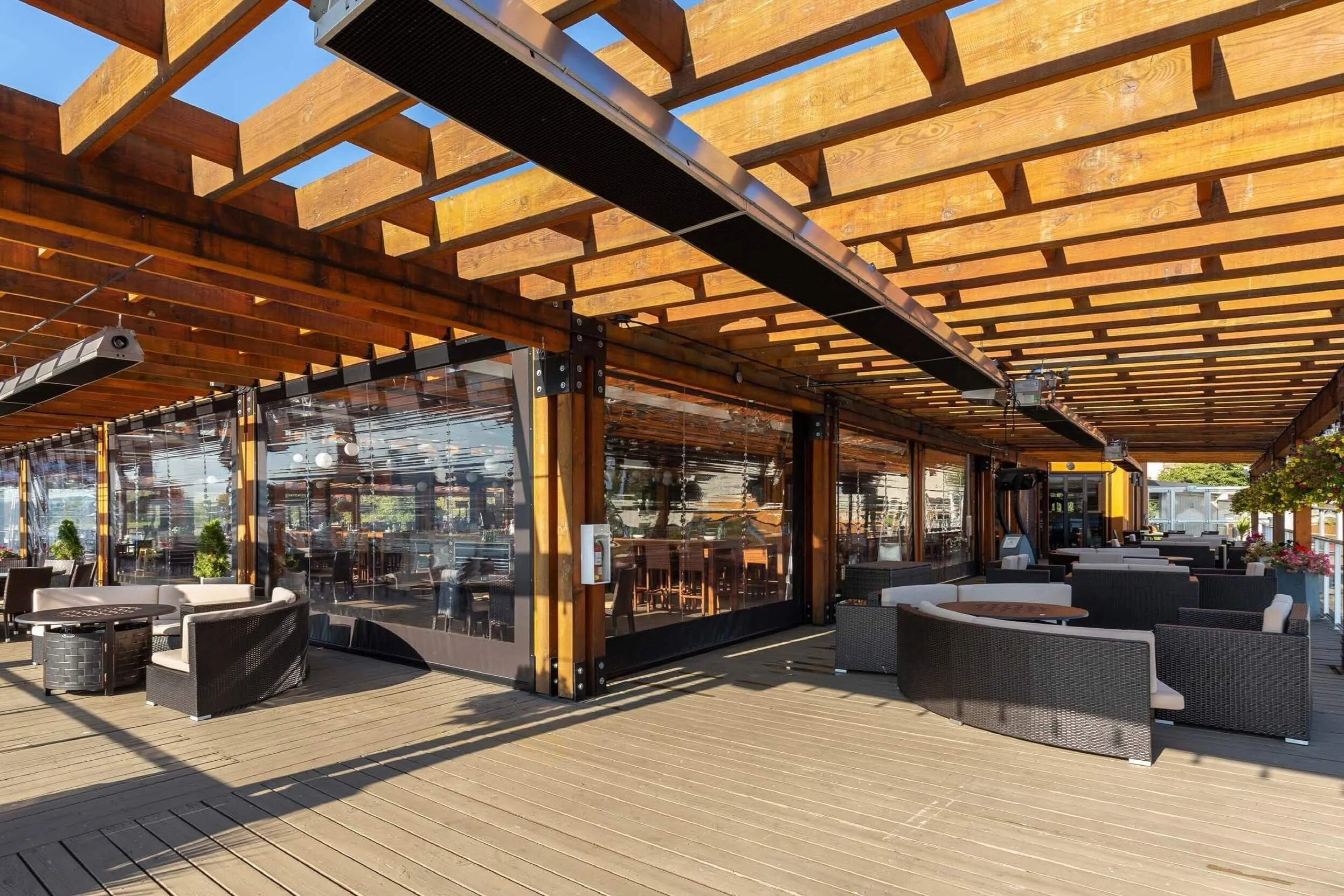What Is Upcycling and Will It Stay Around?
In a world where we are scarce in resources, the mantra of reducing, reusing, and recycling is essential. While upcycling is often dismissed and considered a chic fad, it is no more than a term that means reuse but with a hint of style. So, before you think that upselling is a fad that will pass, consider instead that it is a behaviour that saves items from landfills and instead reuses them, saving us from the need to build something new from limited resources.
In short, upcycling is a means of reusing that takes items back to their full potential. While buying second hand or from a charity shop is one way to reuse, we can do more than this when we upcycle. We offer items some extra love and attention and some style, and we can end up with a highly desirable object worth more than it was before. So, as well as producing high-end items, you are providing a lot of social benefits into the mix.
image © unsplash
Why it is More Than Just a Fad
Upcycling is considered something of a fad because there are a host of TV shows and shops in trendy quarters of London selling fancied up old furniture for extortionate prices. It is the idea that the rich and famous are all looking to pay silly money for items we used to get from the jumble and slap a bit of paint on.
If we reframe it a little, then it becomes less of a fad and more a sensible way of living. Sure, upcycling in this way is still about furniture, as it generally has been in the past, but it is affordable and common-sensical. We have items that are passed on to us, or we grab something from the thrift shop, and we look to make it better, so it sits proudly in our home.
The problem is that people see that new, mass-produced furniture is now so cheap, so there is little point in putting in the effort to recreate something from old and beaten. Yet, believing that this will cause upcycling to fade as with other trends through time misunderstands the current mindset of people. We all want to be doing the right thing – and adding items to landfills we know isn’t this right thing. Many of us also love the creativity involved in reimagining a piece, and the effort cynical people speak of is actually an act of love and imagination for up-cyclers.
It Is the Only Viable Option
For all sorts of reasons, mostly environmental, we have no option to make better use of our resources. We cannot continue living a disposable existence, as getting rid of the rubbish is one problem and the energy needed to create new is another. By upcycling, we are taking our responsibility for turning around an impending disaster.
There are events in London, such as the London Upcycling Show, which showcases the opportunities available for reusing items in our lives. Some stands show you have to repair and reuse and how to turn something into something better than it was before. Part of this event was an upcycling competition where people were encouraged to transform a piece of furniture. In so doing, they save a tonne of furniture from the disposal. And, the reason we need more events such as this is that half a tonne is nothing compared to the 670000 tonnes per year of furniture that are sent to bulky waste in the UK.
Seeking Your Motivation
Whatever motivates people to upcycle, whether it is saving the world or being uber-creative, there is a growing movement towards reusing old furniture rather than buying new. It makes no sense to put furniture out on the curbside for collection when it can have another life somewhere else.
It is this common-sense approach to our stuff that will mean that upcycling is here to stay. When it was a trend of the rich and famous, so they appeared cool, then it was likely always to be a fad. However, it is part of a lifestyle choice, where people understand that reusing and recycling is the only way to ethically lead your life. People are thinking twice before throwing away, and that is only right. Therefore, rather than a fad, the influence of upcycling will only grow – much of what we hold dear depends on it.
cover image © unsplash







